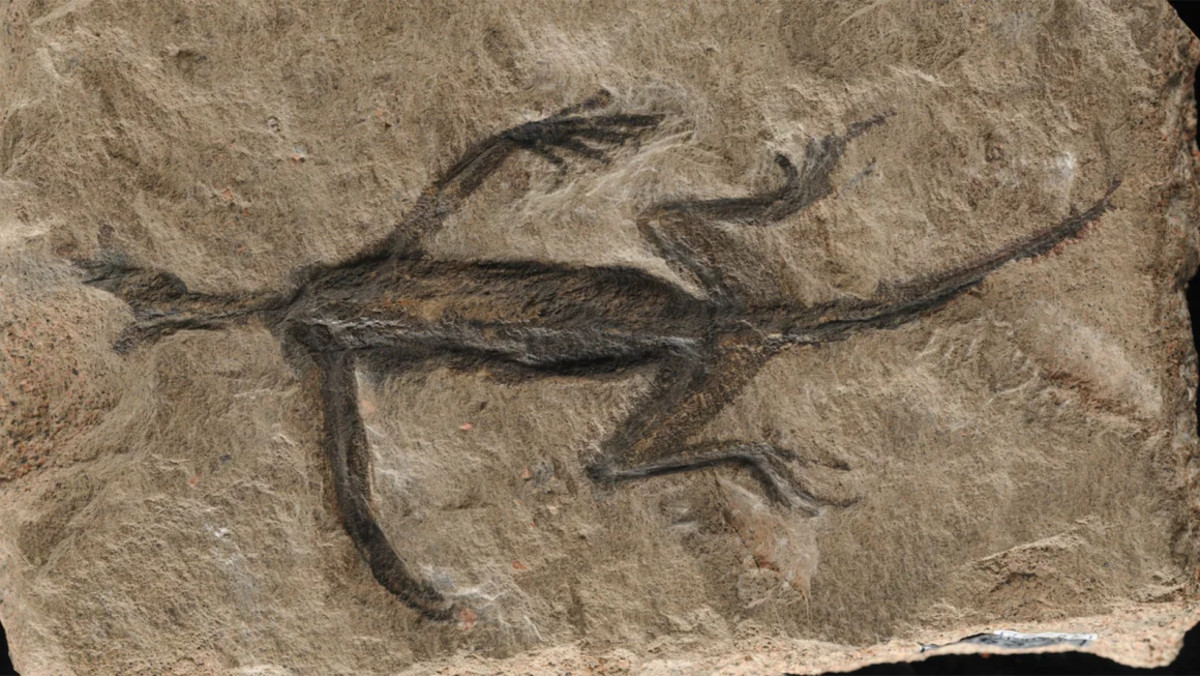No products in the cart.
Fitness Tips
Famous Ancient 'Fossil' Discovered to Be a Hoax

Researchers in Italy have uncovered some enlightening new information about a fossil believed to depict a 280-million-year-old reptile that has been cited in many books and articles over the years. While the fossil, first discovered in the Italian Alps in 1931, was believed to consist of skin and soft tissue, it turns out it’s nothing more than paint and some rock.
While the fossil has been cited as a source of information about early reptile revolution, the object itself was never studied in deep detail until now. Scientists at the University of Padua’s Museum of Nature and Humankind published their findings on the dubious “Tridentinosaurus antiquus” fossil in the Paleontology journal. Because it was believed to be a skeleton that was once wrapped in skin, the fossil earned the distinction of being the oldest mummy in the world.
“The body outline of this fossil specimen has the same color of genuine fossilized soft tissues of plants and also animals,” study lead author Dr. Valentina Rossi explained to CNN. “So, without the use of diagnostic techniques, it was impossible to identify the dark-colored material properly.” She noted that “the fossil was believed to be unique because there were no other examples from the same geographical area and geological period of that preservation in a fossil vertebrate at the time.”
Related: Rare Fossil Captures Ancient Mammal Attacking Larger Dinosaur
Rossi and her colleagues began investigating the fossil using ultraviolet photography and various microscopes back in 2021. Their analysis found that the supposedly ancient fossil was just black paint covering some bones and carved rock. The body outline was sculpted in rock and painted with “animal charcoal,” which was widely used a century ago and made by burning animal bones. This led to the supposed fossil having a three-dimensional shape, rather than a flatter profile, which should have been a dead giveaway.
“The answer to all our questions was right in front of us, we had to study this fossil specimen in detail to reveal its secrets — even those that perhaps we did not want to know,” Rossi said.
It’s a good thing it wasn’t sold at auction.
Source link

